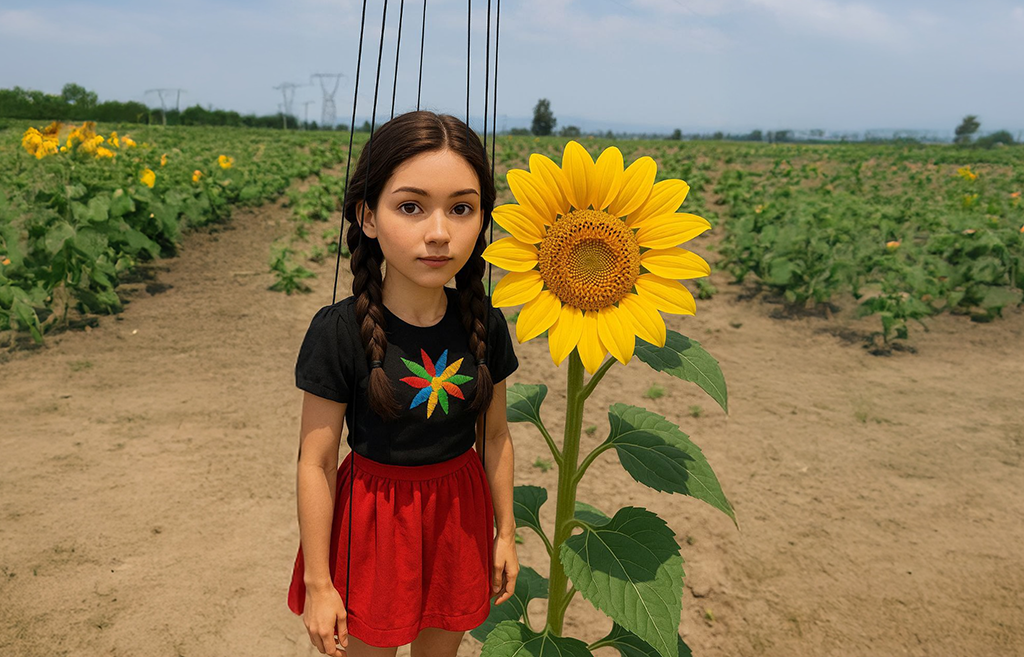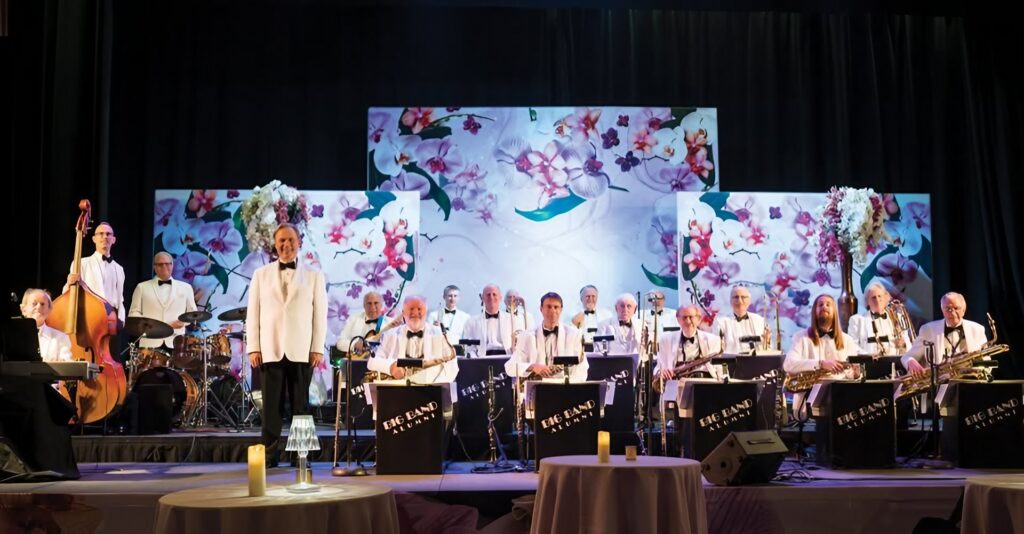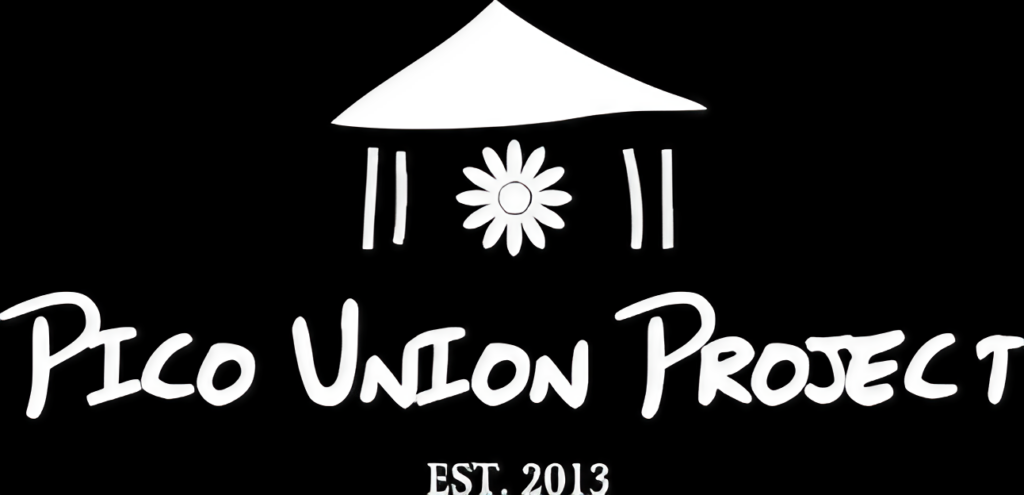By Ana E Tzubery
I. The Unexpected Spark: A Day at The Skirball Center
What began as a simple outing to a Chinese Puppet Show at the Skirball Cultural Center with my boys unexpectedly transformed into a personal mission to make a difference. I had anticipated a relaxed afternoon filled with arts and crafts, followed by a few performances. The event featured traditional puppets, interactive stations, and skilled performers effortlessly combining human gestures with doll-like movements.
My boys were captivated. They laughed, asked questions, and chatted with the performers—soft-spoken, enthusiastic individuals who all seemed to come from another time. I watched, amused and reflective, thinking: “These must be old souls, deeply connected to this craft, to make it their life’s work.”
But the most unexpected moment was still to come. Just before we left, I spotted a man who looked like he had stepped out of a fairytale. Dressed in vintage style, with an aura untouched by modern life, he stood beside a marionette—an elderly figure, hauntingly lifelike. The man later shared with us that he had crafted that marionette over 30 years ago, when he was just a child.
When my sons showed interest, he effortlessly breathed life into the marionette, making it move with enchanting realism. And the spell began.
His movements were precise. With each careful gesture, the marionette transformed. This wasn’t just a performance; it was a divine transformation, a kind of spiritual transmission. I could recognize sadness, exhaustion, heartbreak, and amusement. For a beat, I believed the marionette might speak. The toy turned human. It was telling a story without saying a word.
Moments after, watching my son struggle to master the marionette’s movements, determined to bring it to life, sparked an idea:
What if these strings—attached to a victim’s fingers—could help them tell their story without ever speaking a word? Could this art form carry the burden they’ve held in silence for too long?
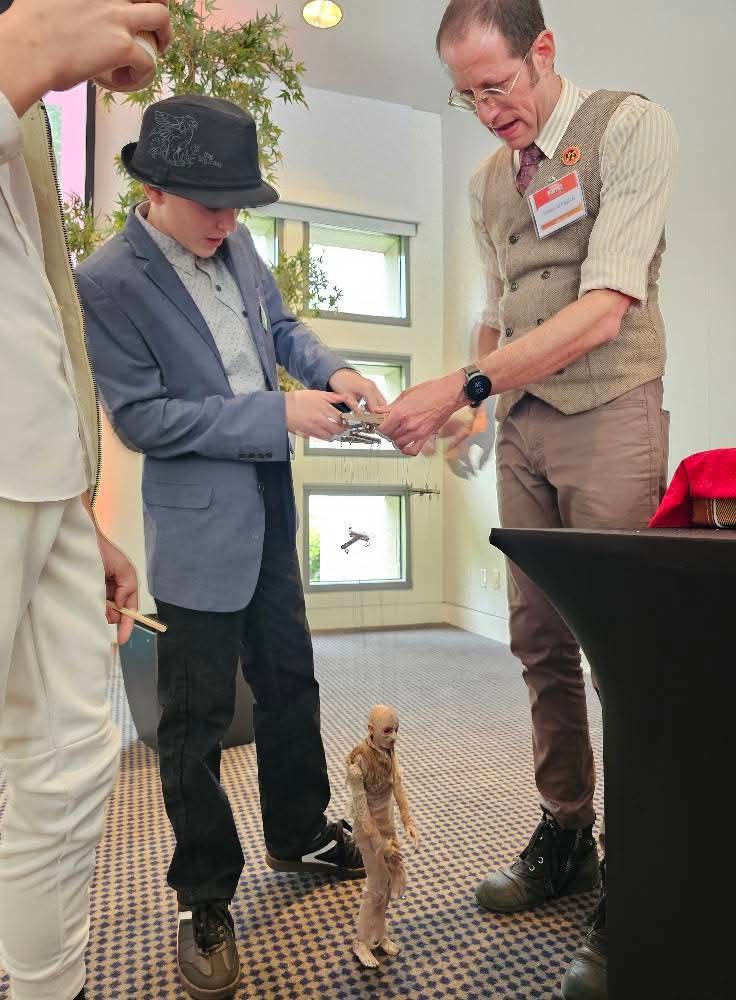
II. Imagine Maya
She is fifteen. Not shy, but withdrawn. Because she is carrying something too painful to name. Someone she trusted violated her. Now, even the kindest questions feel like invasive stabs. Her pain lies buried under layers of conscious and unconscious silence.
She does not believe in therapy. Too many have tried. She trusts no one. She refuses eye contact. Every connection attempt only pushes her deeper into her emotional swamp. It feels like a dead end, with no map to get out.
Now, picture her walking into a quiet room that looks more like a tailor’s studio than a clinic. No one hovers over her shoulder or observes her while holding a pen and a notebook. Maya only sees a table, a plain box, and a little handwritten note:
“Dear Maya, you can make someone or something if you wish. It is completely up to you.”
Inside: wooden rods, fabric scraps, string, wire, beads, soft leather, a block of air-dry clay. Nothing fancy. Nothing hidden. No plan attached.
Slowly, she begins. Or maybe just not yet. Maybe she walks away and returns later. Maybe the head she crafts looks clumsy. Or maybe the face remains blank. It is OK! No one rushes her. No one analyzes her. There is no pressure, and no “right” or “wrong.” She is alone with her pace and peace of mind.
Later, she adds limbs. Clothes. Strings. She decides whether it moves, dances, or just lies still.
And for the first time in a long while, Maya feels something long forgotten: control.
Not over her past yet.
But over something real she created with her own hands.
And then, unexpectedly, her body remembers what it was like to be three, or maybe four. When the world was still a wonder, not a threat. When every day brought curiosity. When she felt seen, valued, and heard.
When her dolls were her best friends…
That old memory touches something good in her present.
Maya finally smiles.
III. Understanding Sexual Abuse: The Loss of Control and Voice
Sexual abuse shatters the most fundamental human boundaries: body and trust. Survivors experience a profound loss of control. Their autonomy is stolen. They feel voiceless, powerless, and unseen.
But the trauma does not end with the act. Victims are often doubted, blamed, or forced to relive their pain to “prove” it happened. The justice system, as it stands, demands that victims re-experience their suffering, often without offering resolutions. Even those who do everything “right” may still walk away without justice. Life had stopped for you, but it seems to continue regardless for everyone else. Wouldn’t you stop trusting anyone?
IV. The Power of Marionettes: A Unique Therapeutic Tool
Puppets have long had an important place in early childhood education and therapy. But for older children and teens—especially those recovering from sexual abuse—marionettes offer something far more powerful.
Unlike hand puppets, marionettes are not worn on the body. They are controlled from above by strings and rods. That distance matters.
For a survivor whose own body has been the site of trauma, direct physical manipulation can feel invasive and painful. Marionettes allow expression, without triggering the body’s memories.
Building and operating a marionette takes patience, mindfulness, and focus. These are natural therapeutic benefits. But more importantly, marionettes allow survivors to externalize their emotions and gradually reclaim autonomy.
To make a marionette walk, sit, raise a hand, or cover its face, these gestures are not just movements. It is a learning process. They’re metaphors. They are acquiring the beginnings of a new body language, a new skill. Something new yet safe with full control and with purpose.
A body they control.
With intention.
With safety.
With purpose.
It is a rebirth.
V. Ritual, Dissociation, and Healing
Creating and manipulating a marionette is more than art. It is a ritual.
Across cultures, healing has often included symbolic crafts like voodoo dolls, effigies, and sacred figures. In the same spirit, the marionette becomes a vessel for trauma. Survivors project their pain, fear, and shame onto the figure.
This dissociation, long studied in trauma recovery, is not detachment. It is protection, a first step in facing the unbearable.
This is not escapism. It’s dissociation with purpose. It’s protective.
It’s a first step toward confronting what once felt unbearable.
And in this ritual, something shifts.
The marionette doesn’t just carry pain—it transforms.
It speaks. It dances.
It remembers.
And so does the child.
VI. Imagining the Future
It has been weeks. Her marionette now has a name, a full face, even a costume. It moves with grace. It tells jokes. Sometimes it hides.
This wooden figure has not erased the pain. But it has loosened trauma’s grip.
Maya now smiles more often. She asks questions. She holds herself differently.
Something has shifted. Maya has a present; she is no longer trapped in her painful past.
This isn’t just art.
This isn’t just therapy.
This could be Maya’s way of creating her future by healing—through creation and returning control.
This is control—gently returned.
VII. A Call to Collaborate — A Life-Changing Experience
My mission is to bring marionette-based therapy to life through collaboration with mental health professionals, expressive arts therapists, and puppeteers. This project began with a single moment at the Skirball, inspired by one special man, Eli Zachary Socoloff Presser, the president of the Los Angeles Guild of Puppetry, and his marionette.
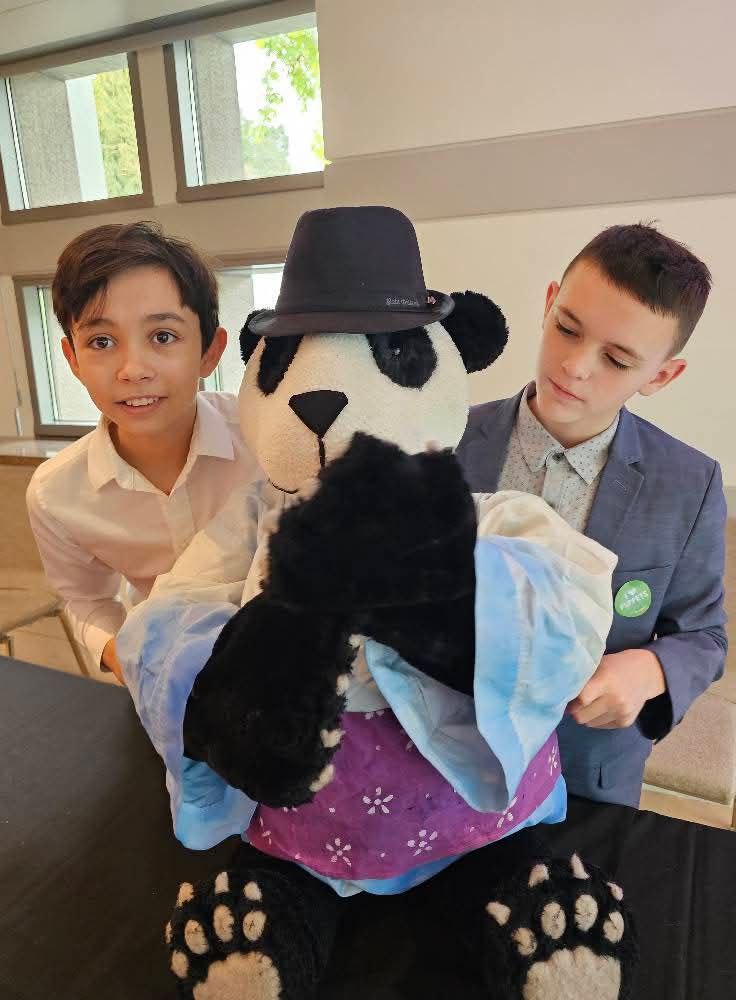
We urgently need a dedicated team to create a pilot workshop, design a robust clinical curriculum, and launch a study to test its healing potential. This is a critical opportunity to pioneer an innovative, profoundly impactful therapeutic modality that can reach countless survivors.
Your support can make a truly meaningful difference in empowering children and teens to reclaim their voices and heal from trauma. If you are able, please consider making a tax-deductible donation. We also invite experts and organizations passionate about child welfare and mental health to collaborate on this transformative initiative.
All Strings Attached: A Path from Survival to Healing for Victims of Sexual Abuse.
Ana Tzubery is a seasoned foster parent with nearly two decades of experience caring for abused and displaced children. A former journalist, she uniquely combines her lived experience with a deep passion for elevating the voices of those who are often overlooked. In her writing, she tackles often-sidelined or misunderstood topics with clarity, compassion, and fresh perspective, not merely to inform, but to inspire profound change. Each of her articles transcends a simple story; it is a compelling call to action, inviting readers to collaborate, contribute, and champion meaningful causes that truly make a difference. This unique blend of personal insight and advocacy brings a crucial perspective to her pioneering work in therapeutic marionette creation.
© [Ana E Tzubery], [2025]. All rights reserved.
This article is the original work of the author and may not be reproduced, published, or distributed without written permission.

